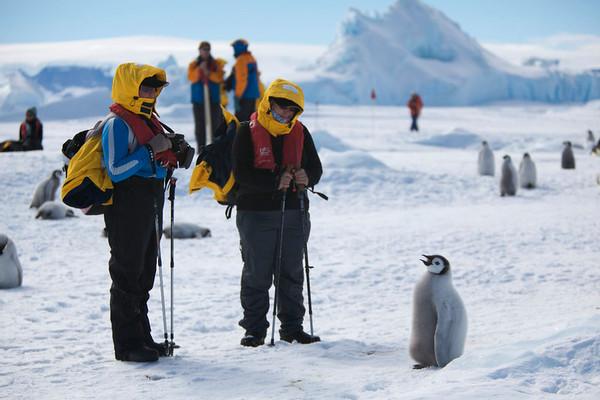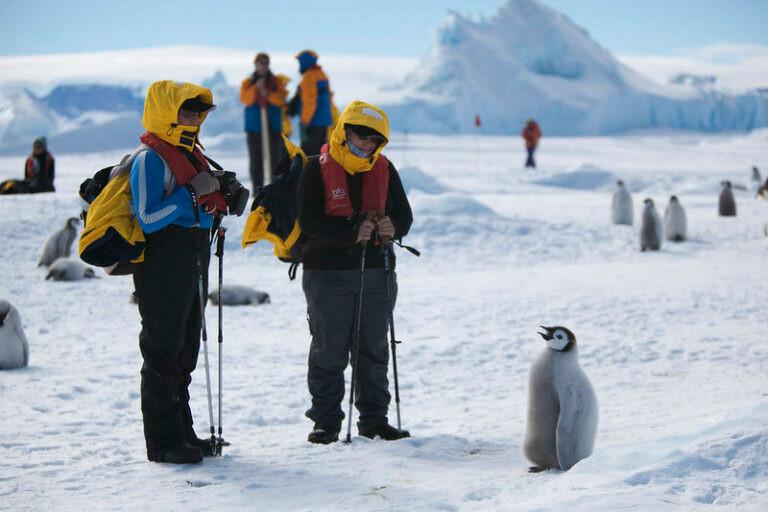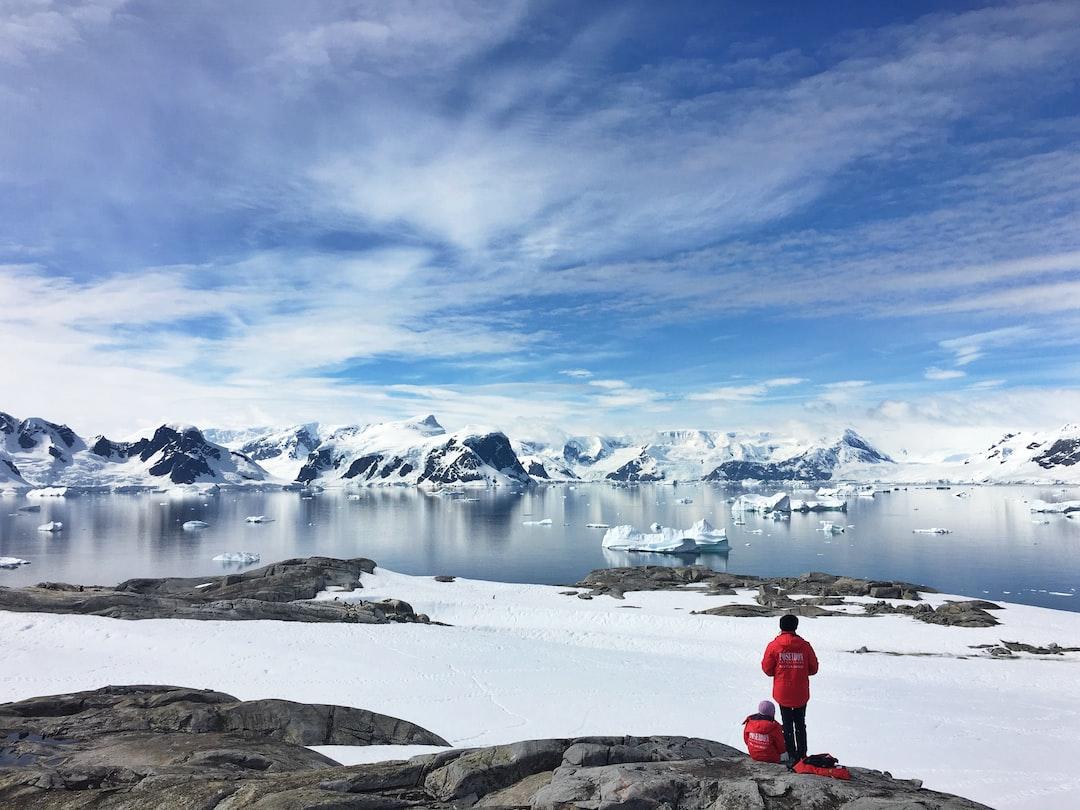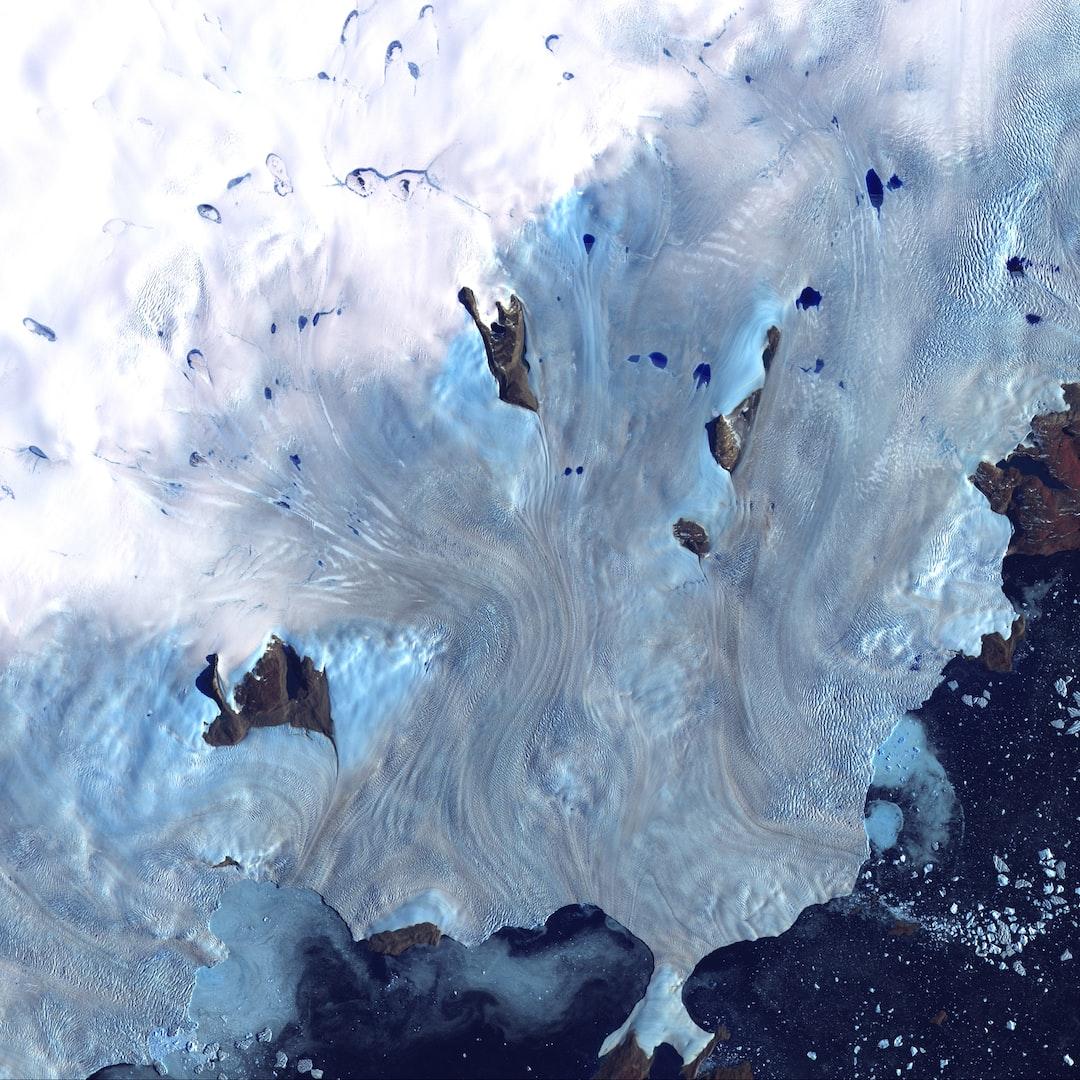Antarctica’s Looming Threat • The Revelator
Curated from: therevelator.org
Ideas, facts & insights covering these topics:
6 ideas
·346 reads
4
Explore the World's Best Ideas
Join today and uncover 100+ curated journeys from 50+ topics. Unlock access to our mobile app with extensive features.
Exploring Antarctica's Fragile Ecosystem
- Antarctica, a pristine wilderness attracting scientists and tourists alike, faces an unexpected threat – invasive species.
- This peril stems from the increasing human activity in the region, posing a risk to the unique ecology and wildlife.
8
72 reads
Current Scenario
- While 11 nonnative invertebrates have established in warmer regions, the coastal waters have seen a minor influx of nonnative species, such as Chilean mussels and crabs.
- However, scientists emphasize the importance of vigilance to prevent these newcomers from forming permanent populations.
7
63 reads
Human Activity and Climate Change
- Human traffic, including tourists, fishing boats, and research vessels, is identified as a primary source of potential invaders.
- The number of ships in the area has significantly risen, with over 180 involved in more than 500 voyages between 2017 and 2018.
- Additionally, climate change is compromising Antarctica's natural defenses, with warming waters weakening the once formidable barriers.
8
62 reads
Growing Risks and Impact on Ecosystem
- The arrival of non-native marine species could have catastrophic effects on the Antarctic food web.
- Invasive species like mytilid bivalves may outcompete native species, causing declines in their abundances.
- Voracious predators like Northern Pacific seastars and crabs, absent for millions of years, pose additional concerns.
7
52 reads
Mitigating the Threat
Efforts to stave off invaders include:
- utilizing underwater drones and submersibles for research,
- employing machine learning to analyze collected data,
- and leveraging environmental DNA to detect the presence of nonnative species.
Biosecurity measures, particularly in invasion hotspots like the Antarctic Peninsula and South Shetland Islands, are crucial.
7
50 reads
“For now, Antarctica and the Southern Ocean remain the least invaded marine regions on the planet and represent humanity’s last chance to demonstrate that we can manage and mitigate the risks of invasive species at a continental scale”
ARLIE MCCARTHY
8
47 reads
IDEAS CURATED BY
Content Curator | Absurdist | Amateur Gamer | Failed musician | Successful pessimist | Pianist |
CURATOR'S NOTE
Ocean waters warmed by climate change could open the door for marine invasive species in one of the world’s most pristine ecosystems.
“
Similar ideas
4 ideas
There’s a new ocean now—can you name all 5?
nationalgeographic.com
1 idea
Borders of the oceans - Wikipedia
en.m.wikipedia.org
4 ideas
Read & Learn
20x Faster
without
deepstash
with
deepstash
with
deepstash
Personalized microlearning
—
100+ Learning Journeys
—
Access to 200,000+ ideas
—
Access to the mobile app
—
Unlimited idea saving
—
—
Unlimited history
—
—
Unlimited listening to ideas
—
—
Downloading & offline access
—
—
Supercharge your mind with one idea per day
Enter your email and spend 1 minute every day to learn something new.
I agree to receive email updates






